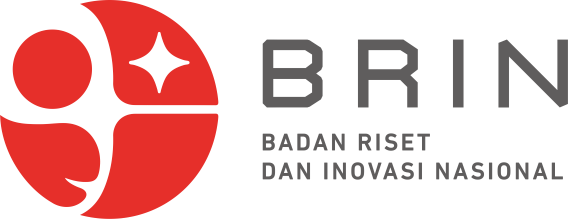Faktor Risiko Kejadian Wasting pada Baduta umur 7-24 bulan di Wilayah Kerja UPTD Puskesmas Wolo Kabupaten Kolaka
Abstract
Background: Wasting is a nutritional problem that can hamper the growth of children under five and affect their future productivity. The prevalence of wasting at Wolo Puskesmas in 2018 was 15.2%, then increased to 26.1% in 2019. Objectives: To determine the risk factors for wasting in under two years aged 7-24 months in the Work Area of the UPTD Wolo Health Center, Kolaka Regency.
Methode: This is a observasional analitic research with a case control study design. The population was all under two years aged 7-24 months who experienced wasting as many as 25 people and the sample of this study were all under two years aged 7-24 months who experienced wasting as many as 25 people and control as many as 25 people. Sampling of cases using total sampling and control using a matching system. Data on employment, education, exclusive breastfeeding were obtained through interviews, while KEK data were obtained from the KIA book and records at the Health Center, and wasting was obtained from measurements of body weight and height. Data were analyzed using the Odd Ratio (OR) test.
Results: Most of the Baduta mothers did not work as much as 56.0%, most of the mothers' education was low as much as 60.0%, then most of the mothers did not experience SEZ as much as 64.0% and also most did not give exclusive breastfeeding as much as 64, 0%. Furthermore, work and education as well as maternal SEZ status during pregnancy are at risk of protection against wasting with values OR = 1.93 (occupation), OR = 1.96 (education), OR = 2,92 (SEZ status) and OR = 1.42 (exclusive breastfeeding). .
Conclusion: mother's occupation, education, SEZ status during pregnancy and exclusive breastfeeding are risk factors for wasting protection in children aged 7-24 months.This study suggests for mothers who have Baduta to be able to provide nutritious food and regulate Baduta's diet so that it can improve the nutritional status of Baduta and for the Wolo Health Center to routinely provide education about nutrition since pregnant women.














3.jpg)



